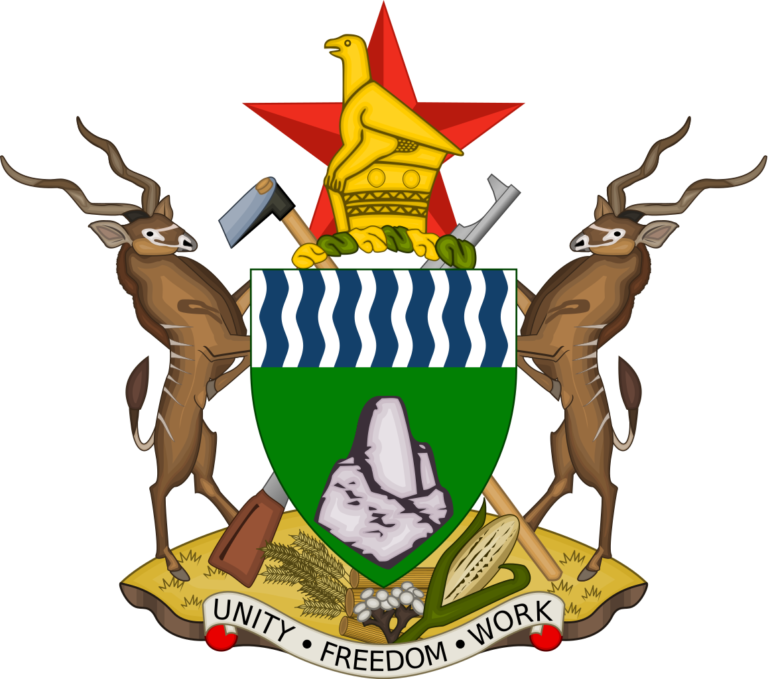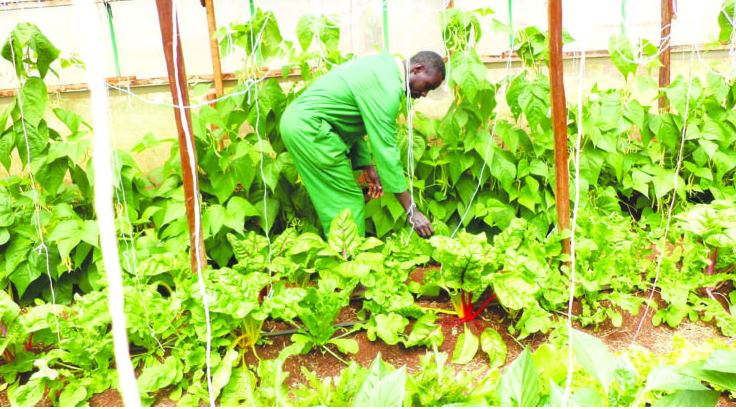Zimbabwe’s horticultural exports amounted to US$72.1 million in 2015, according to trade promotion agency ZimTrade, a significant increase from $49 million the previous year but still about half of the country’s peak output recorded in the 1999/2000 season.
The Netherlands remains the biggest single buyer of Zimbabwe’s fresh produce, accounting for $32.6 million (45 percent) of total horticulture exports, Zimtrade figures show. The European Union consumes the bulk of Zimbabwe’s exports, with the United Kingdom ($13.5 million), Germany ($5.3 million), France ($3.2 million) and Poland ($2.9 million) taking up a combined $57.5 million worth of horticultural produce.
South Africa imported fresh produce worth $2.1 million from Zimbabwe last year, according to data presented at a horticulture promotion seminar hosted by the Dutch Embassy in Harare on Wednesday.
Citrus was Zimbabwe’s leading export horticulture product in 2015, making up 32 percent of total volumes, followed by flowers at 25 percent, peas at 19 percent, dried leguminous vegetables at 11 percent, berries at 7 percent while an assortment of other produce made up the remaining 6 percent.
Zimbabwe’s horticulture sector, whose export performance peaked at $143 million in the 1999/2000 season, took a slump after Zimbabwe’s land reform programme in which white settler farmers had farms seized to resettle landless blacks.
Major horticultural producers such as Kondozi Estate in Manicaland and Marondera’s Mitchell & Mitchell, which had a combined $50 million in annual export sales, were taken over leading to years of lack of productivity and loss of markets.
Zimbabwe is currently the number one exporter of peas into the European Union, but supplies only 3 percent of the bloc’s exotic fruit, according to Dutch Embassy officials.
Citrus exports peaked at 45,000 tonnes in 2001, but this figure has since delined to about 30,000 tonnes, according to the Citrus Export Growers Association. Fruit and vegetable exports have similarly come off their peak of 15,000 tonnes at the turn of the century, to about 5,000 tonnes currently, data from the Fresh Produce Producers Association shows. Flower production has also followed the trend, with output plummeting from 142,000 tonnes in 1999 to about 40,000 tonnes by 2010.
Publish Date: Thursday 13 October 2016



